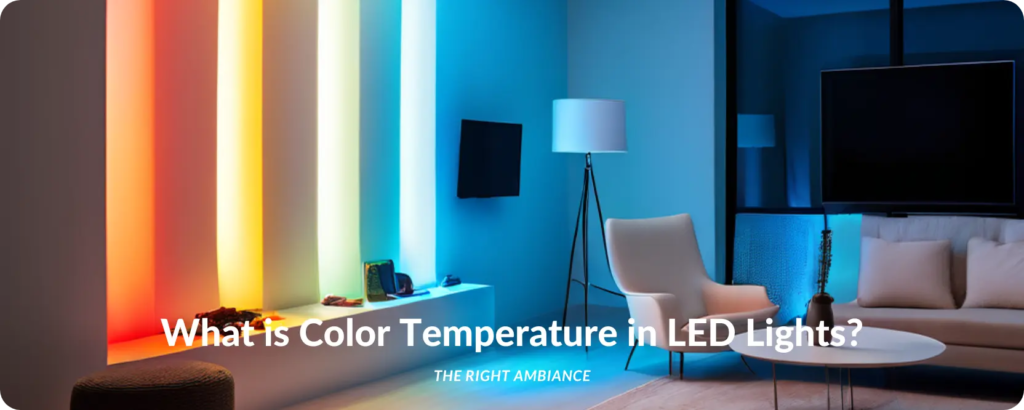

The use of LED lights has lately become very common due to their energy efficiency and long life. Yet, among the features that you should consider when selecting an appropriate LED light for your room is its color temperature. Home or office owners who understand color temperature are better placed to create a desired mood in their rooms. This article will also examine what color temperature means within LED lights and how it affects the resulting lighting.
Color Temperature Explained
Color temperature refers to the color appearance of light produced by LED lamps. On a scale from warm to cool, measured in degrees Kelvin (K), it ranges over varying shades of white. Low color temperature means warm light while higher values indicate cooler light.
The Color Temperature Scale
The Scale of color temperature consists of three main categories:
Warm Light (2700K-3000K):
Warm light looks yellowish/orange like incandescent bulbs do; it feels comfy when used. Suitable areas are living rooms bedrooms or restaurants.
Neutral White Light (3500K-4000K):
Neutral white falls directly between the two extremities on the scale for color temperature giving out a slightly cold tone. It is also found useful in offices, retail spaces as well as kitchens where mixed lighting conditions are preferred.
Cool White Light (5000K-6500K):
Cool white lights resemble daylight or have a blueish appeal that gives off more intense brightness than any other standard bulb type would provide; these may be placed easily into any garages, home offices, or lavatories due to their illumination levels.
Choosing the Right Color Temperature
When choosing LEDs think about what you want them for and what kind of feel you would want your room to have inside it there are several points that should be followed:
Living Spaces:
For a cozy atmosphere in living rooms, bedrooms, and dining rooms, use LED lights with colors ranging from 2700K to 3000 K.
Task-Oriented Areas:
For kitchens and other places where you need focused bright lighting, choose LED lights with colors ranging from 3500K to 4000 K.
Workspaces and Garages:
Offices and garages require bright, energizing light for efficient working; therefore, one should select LED lights with colors ranging from 5000K to 6500K.
Retail Spaces:
In retail environments, color temperature plays a role in the presentation of goods and the shopping experience. Warm white light (2700K-3000K) creates a cozy atmosphere, while cool white light (4000K-5000K) enhances visibility and highlights colors.
Benefits of LED Lights with Adjustable Color Temperature
Some LED lights are equipped with an adjustable color temperature feature. These “tunable” or “smart” lamps offer many possibilities for lighting design. Advantages include:
Flexibility:
With adjustable LEDs, you can change the lighting mood based on what you are doing or how you feel about it –to switch from warm relaxing light to cold task lighting.
Energy Efficiency:
LEDs use less energy compared to other sources of illumination. The choice of an appropriate color temperature for each situation may help optimize energy consumption by using adjustable LEDs, thus reducing electricity expenses.
Improved Well-being:
Tweaking color temperatures can impact well-being positively evening by promoting relaxation and better sleep through producing warm light as well as daytime alertness that increases productivity via cool shade illumination.
Final Words
Their color temperature substantially influences the overall illuminating experience provided by LED lights. Knowing different options for color temperatures would provide the desired ambiance in your area. Whether you like warm intimate spaces, neutral white or cool invigorating ones; there is always the perfect color temperature that fits these needs. But when it comes to customizability and control over your lighting experiences Indigo line has more benefits than others due to its ability to adjust the color temperature.
FAQs
Q: Can I use LED lights with different color temperatures in the same room?
While possible, it’s generally recommended to maintain consistency for cohesive lighting design. Mixing color temperatures can create a disjointed look.
Q: Can LED lights with adjustable color temperature be controlled remotely via a smartphone or other devices?
Yes, LED lights that can be adjusted often have the ability to be controlled using mobile phone applications and such of other types as well; this makes it possible for one to personalize illumination with ease.
Q: Do LED lights with different color temperatures consume different amounts of energy?
The same amount of energy per lumen is consumed by the LED lamps which differ in their colors’ degrees. Nevertheless, for human eyes, cooler color temperatures appear more luminous.
Q: Can color temperature affect the appearance of colors in a room?
Indeed, colors are affected by color temperature. Reds and yellows look more vibrant under warm lighting while blues and greens seem enhanced under cool lighting. This is important when choosing lighting for spaces where accurate colors are required.

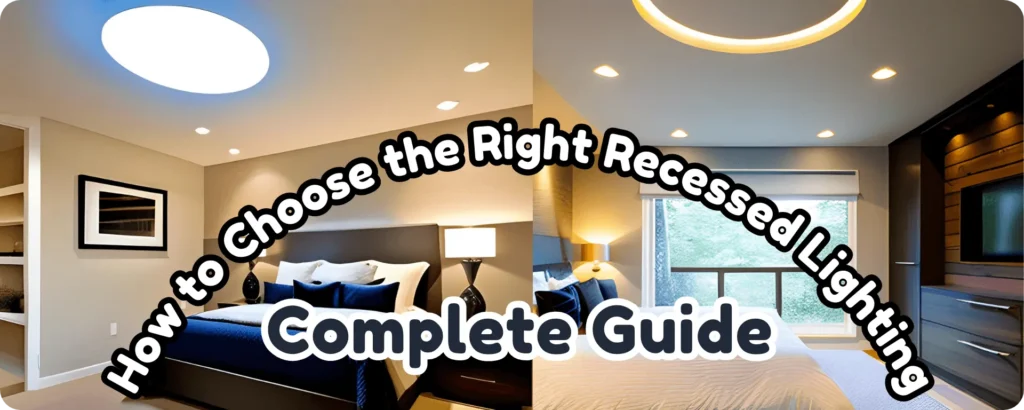

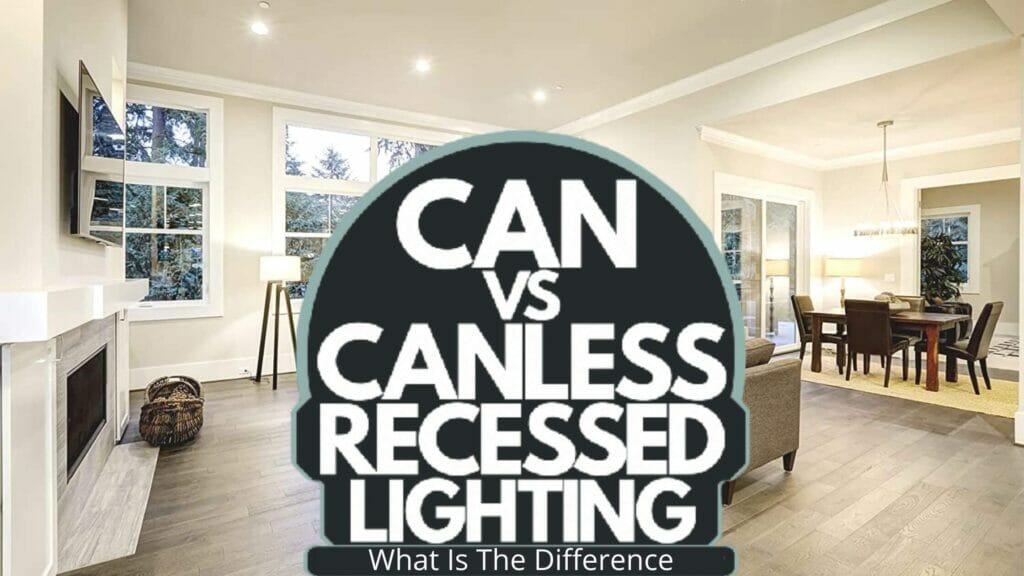
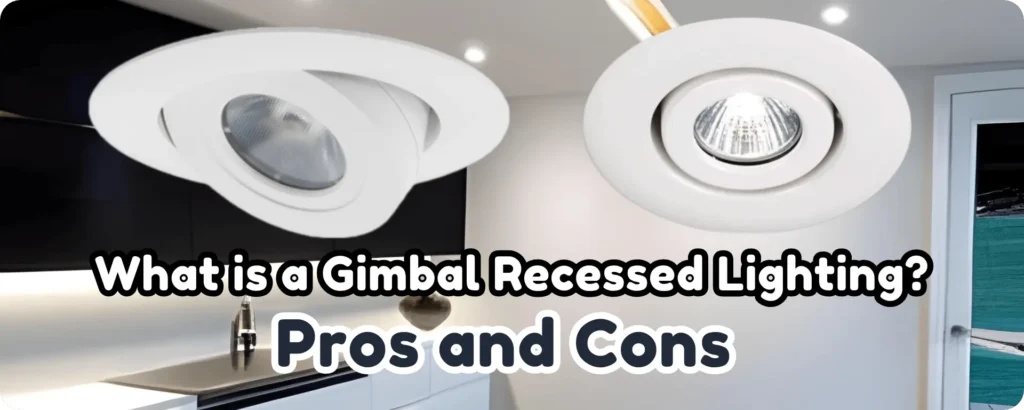
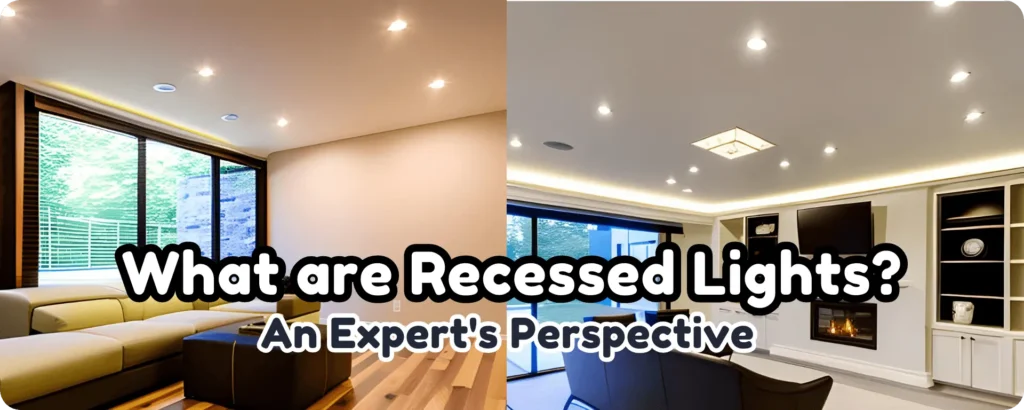

Pingback: How Bright Is 500 Lumens Light? A Detailed Guide